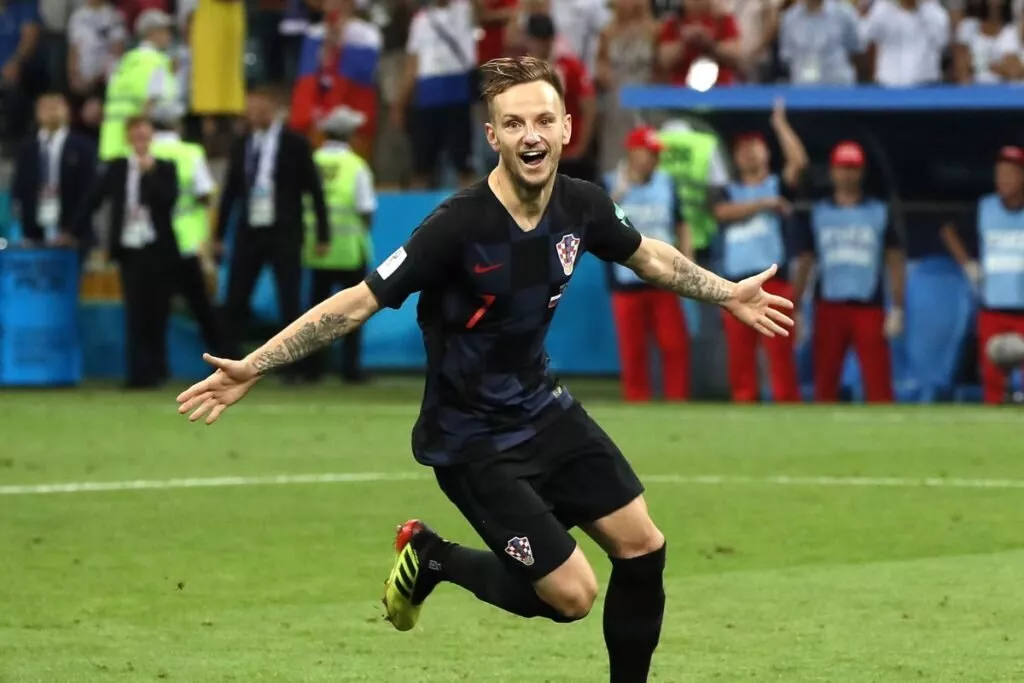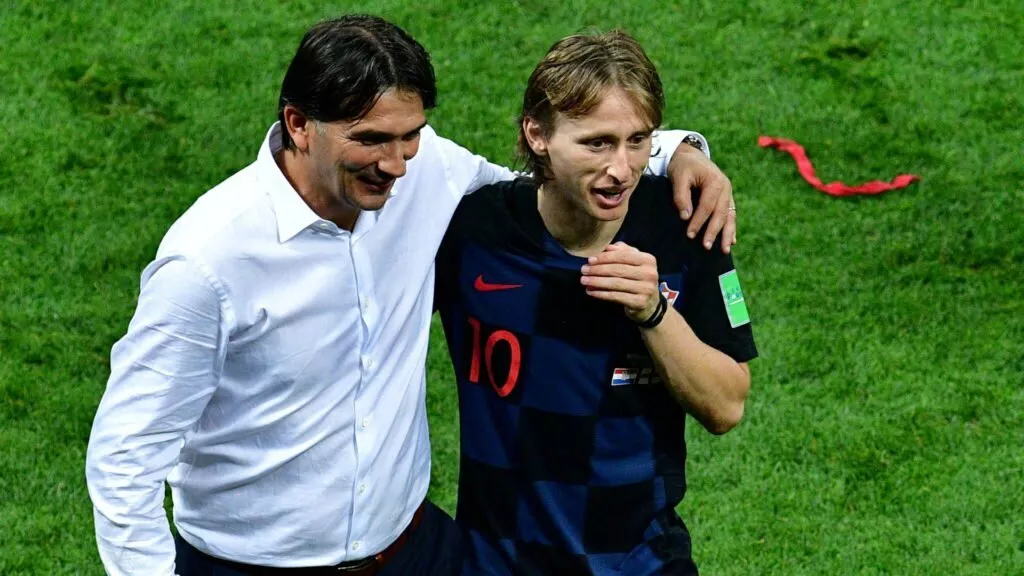Why have Croatia declined since finishing runners-up in 2018 World Cup?

The Blazers lost to England and drew against Czech Republic in their first two games in UEFA Euro 2020 Group E.
When Zlatko Dalić's Croatia made it to the 2018 World Cup final, they did it against all the odds. Producing one of the best underdog stories in football, Croatia's golden generation performed when it mattered. Despite going down 4-2 against France in the final, the Croats proved a point in the greatest stage.
Croatia's road to the final saw them defeat nations like Argentina and England in 2018. The Croatian excellence was based on a group of superstars closely knit, especially in attack and midfield. In addition to a marvellous team effort, Luka Modric lifted the Ballon d'Or with his excellent individual display.
The Croatian side, still under Dalic, have now failed to win their second successive game in Euro 2020. The Blazers started with a loss against Gareth Southgate's England and followed it up with a draw against the Czech Republic. They need to win against Scotland to have a shot at advancing further from Group D. In the worst case, Croatia be out of the tournament – a situation not many would have imagined.
Like every team that peaks, Croatia have gone down a road of decline after their majestic run in Russia. Dalic's side clinched just one win in the UEFA Nations League tournament and have already lost a game against Slovenia on the road to FIFA World Cup 2022.
The sudden change in generation

Croatia's squad, going into the 2018 World Cup, consisted of world-class players that were at the peak of their potential. The star-studded midfield and attack were accompanied by another big name, goalkeeper Danijel Subasic.
However, the side's decline can be linked to the golden generation's age similarities. Most of the players that lined up frequently for Croatia in the 2018 World Cup were close to the dusk of their careers.
[KH_ADWORDS type="3" align="center"][/KH_ADWORDS]
Ivan Rakitic, Mario Mandzukic and Daniel Subasic are not part of the Croatia squad at Euro 2020 due to their retirement from international football. Crucial members of the current squad, including talisman Luka Modric, have aged and gradually declined compared to 2018.
Ivan Perisic, Domagoj Vida and Dejan Lovren are all in the last stretch of their careers. This has left the new Croatian squad members too inexperienced with very little time under Dalic.
Struggles in transition
Croatia, known more for their attack, have troubled teams of all sorts in the past. One of the key traits of the 2018 side was their ability to control the tempo of the game in transition. They were able to accelerate or hold the ball in transition as per the game's situation. In this year's Euro so far, the side have lacked this exact capability.
Since most of the midfielders/ forwards in the Croatian squad are above 30, the decline in their pace has hampered Croatia's abilities. Transitions have looked rustic for them so far, eventually allowing the opposition to return back to their natural shape. As a result, Croatia struggled to create and find spaces in the opposition defence against England and the Czech Republic.
In addition, the switch from 4-1-4-1 to an alternation of 4-2-3-1 and 4-3-3 has not benefitted Croatia in a great manner. As a result, Players are frequently caught uncomfortable in progressing the ball through channels.
Predictable approach?
A video of a banner written "Most #CRO goals come from the left," flying above the stadium was widely circulated before England faced Croatia last Sunday. This was indicative of Croatia's general tendency to attack from the left side. Croatia's general trend of progressing from the left is visible post-2018.
Normally, Croatia use Luka Modric to advance the ball through the center. However, whenever they're forced to switch plays, they do it towards the left. Ivan Perisic and Mateo Kovacic's operation from the left makes this more obvious. Most of Croatia's area of operation, against the Czech Republic, was also towards the left. The equalizer came from the same side as well for the Croats.
Due to this predictability, sides have started to monitor and counter Croatia's left flank. Gareth Southgate's England effectively countered this tendency in the first match. Czech Republic, for the most part, were successful too.
The vulnerabilty to counter attacks

Croatia are a side that likes to commit bodies forward while they're in possession. With players like Modric and Rakitic, who could hold the ball all day at their primes - this trait worked wonders for Croatia. However, this has contributed to Croatia's defensive lapses in recent times.
Overloading the final third, Dalic's side still looks to outnumber using their fullbacks from wide. In addition, the side prefers to play with a relatively high defensive line. Due to these two factors, Croatia are more vulnerable to counters than ever. Against England, they were caught on the counter as Kalvin Phillips successfully laid off Raheem Sterling for the game's only goal.
Similarly, the side's aim to build up from the back has come to haunt them on several occasions. Against opponents that press higher up the pitch, the side has ended up losing balls in dangerous positions and has conceded in those chances.
For more updates, follow Khel Now on Twitter, Instagram and Facebook.
Where passion meets insight — blending breaking news, in-depth strategic analysis, viral moments, and jaw-dropping plays into powerful sports content designed to entertain, inform, and keep you connected to your favorite teams and athletes. Expect daily updates, expert commentary and coverage that never leaves a fan behind.